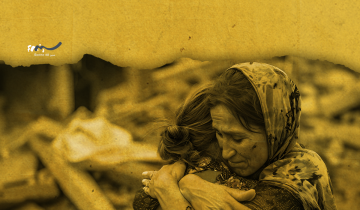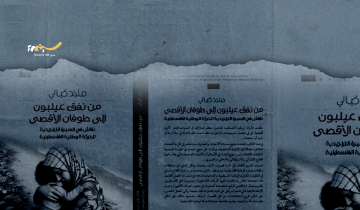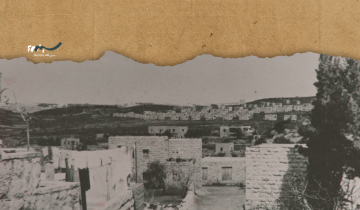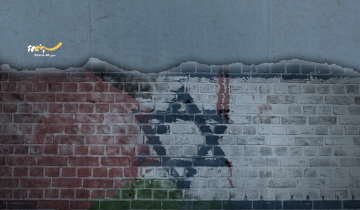Planning Palestine’s Future: Visions, Players, Realities
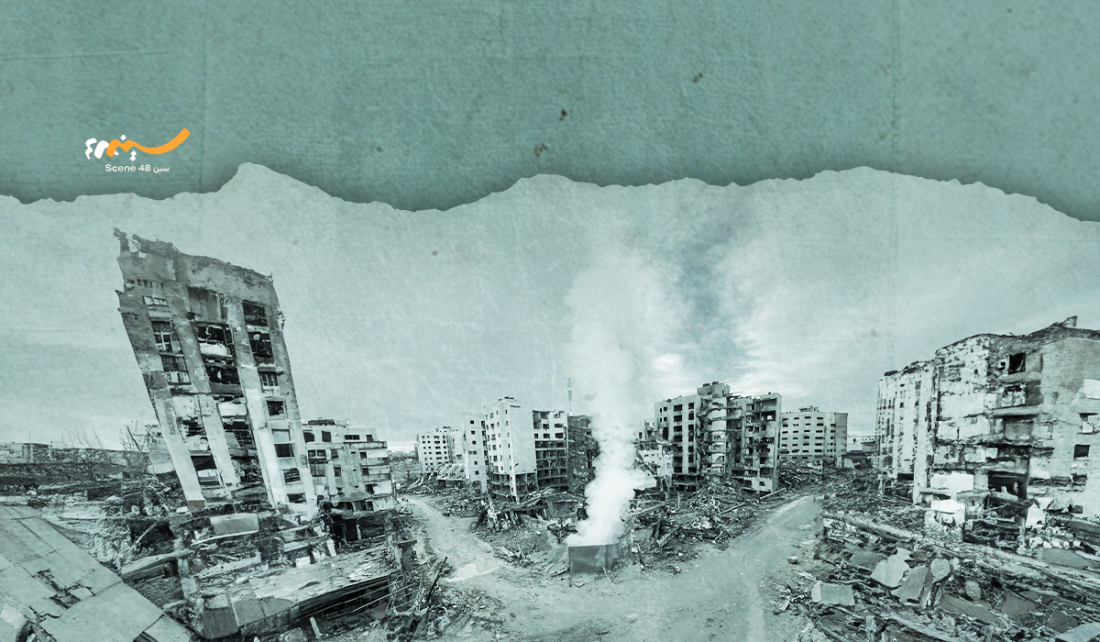
As Israel’s genocidal war of ethnic cleansing against Palestine continues in the Gaza Strip and escalates in the West Bank beyond 18-months, the core needs of providing humanitarian relief, food and medical care, temporary shelter for displaced persons, and an end to a brutal war remain the top concern for all Palestinians. That challenge alone is overwhelming for Palestinian policy makers, communities, and the many international organizations trying to bring relief to the besieged Palestinian people. But few can escape recognition of the new reality that the war since the 7 October attack has changed the face of the Israeli-Palestinian struggle and indeed the region. The war and the declared aims of the Israeli government under the spell of a messianic Zionist faction, have ushered in a moment of existential danger for the seven million Palestinians still living in their homeland alongside as many Jewish Israelis, under the effective sovereignty of the State of Israel.
For economists, social scientists and historians tracking the war and its grave implications for the cause of Palestine, we are witnessing the partiality of international law and organizations, which have been impotent or rendered ineffective by Israel’s campaign, amidst a cruel tacit international and Arab complicity of silence in the widespread killing of innocent Palestinians. Traditional economic indicators such as GDP per capita, poverty line, unemployment, and the market value of things have proven useless in analyzing a genocide, and traditional economic policy tools simply do not exist for such a circumstance. Instead, we have learned, in chilling detail, how to understand and explain the socio-economic impacts of such a war, with new concepts: domicide, spatiocide, scholasticide, ecolocide, econocide, and survival!
As Palestinian, regional, and global policy makers stand largely at the mercy of the next Israeli war move, the Palestinian people remain united around the justice of their cause despite a divided political system and failing political leadership in the West Bank and Gaza Strip. As the weakest player in a battlefield that has consumed hundreds of billions of dollars of Western weaponry, the Palestinian people are not oblivious to the increasingly interventionist policies of Arab and global parties. These are seeking to either channel the Palestinian movement to their agendas or deal Palestinian national aspirations a death blow in the wake of the Gaza tragedy and the West Bank ongoing war. Notwithstanding a century of definitive formation of Palestinian nationhood, albeit denied of self-determination, we are again at a moment (as in 1947, 1967, and 1991-3) where external powers are planning the fate of this resilient people, trying to rob them their agency and voice.
An astonishing number, at least two dozen, of studies, proposals, plans, and blueprints have appeared in the past year for the so-called “Day After” of the war (which seems reluctant to arrive!), powered and funded by U.S., European, Arab, and Israeli “think-tanks”, “experts,” and foundations. These fall broadly in three categories. U.S. and other largely pro-Israeli world-class think tanks and experts have focused on “governance” of Gaza (and Palestine) in the aftermath of the war, especially in a way that ensures Israel’s security and eliminates Palestinian resistance. A second group of old/new ideas and plans have resurfaced on the possible parameters of a Palestine-Israel permanent status: two-state, one-state, apartheid state, two peoples—one land, parallel sovereignty, etc. Finally, at least twelve different studies have been published tackling the future spatial planning and reconstruction models and principles, each with different urban planning, architectural and socio-economic implications.
This latter batch of reconstruction plans and studies may in turn be distinguished by a range of dimensions, such as the institutions or agendas they represent, the socio-economic and cultural vision they embody, and the degree to which they are consistent with Palestinian national sovereign goals and community recovery and empowerment. Other commonalities and divergences between some of these plans exist with respect to engineering and architectural design, urban planning, sustainability, feasibility and cost. Needless to say, a number of these plans (especially those suggested by Trump, Israel, and some Arab business interests) either entail ethnic cleansing or, at best, an international financial consortium to build, own and operate Gaza, as a supposedly magical deal to end a century-old war.
Several plans, including several from before the war focus on the optimal spatial planning for Gaza Strip, prepared by the U.S. research institution RAND, the Gaza-2050 plan prepared by the Palestinian private sector, and the Palestinian Authority’s National Spatial Plan for Palestine. A group of Arab and Palestinian plans and studies on the reconstruction effort have covered institutional and financing options, relevant principles, and necessary socio-economic-cultural policies, and some have suggested detailed implementation plans and modern architectural visions and innovative engineering designs.
These significant efforts by a range of players, both friendly and hostile, mostly serious but some almost laughable, to design the reconstruction of Palestine have yet to be examined professionally, comparatively analyzed and synthesized in a manner that creates a best-practice consensus vision generated from the bottom up. No one plan is ideal, none have been subjected to the light of public scrutiny and community engagement, and they all remain conditional on political outcomes on the ground in Gaza and the region. Nevertheless, it is never too early to learn more and anticipate Palestine’s future, a first step towards reclaiming agency and ownership.
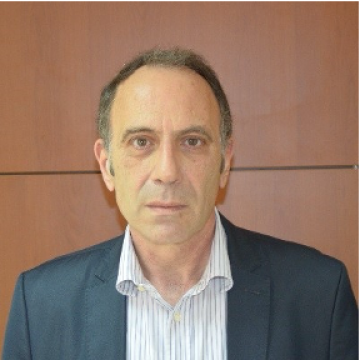
Raja Khalidi
A development economist by training, Raja Khalidi has worked until 2013 for the United Nations as Senior Economist, and since 2019 as Director-General of the Palestine Economic Policy Research Institute (MAS). He has written widely in scholarly and media publications on the dilemmas of Palestinian economic development and state formation.
